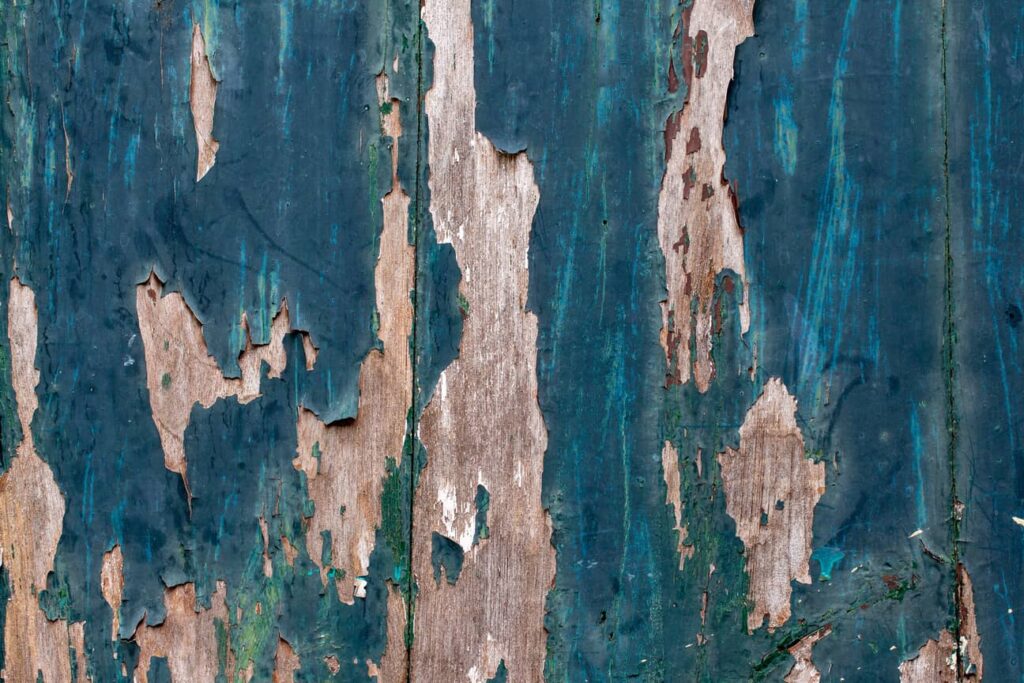When painting the outside of the home, you want to use a color that “pops” and is aesthetically pleasing. Exterior paint is specifically designed to withstand harsh weather conditions, such as rain, snow, and UV rays. It has additives that protect it from fading, cracking, and peeling. You may like the color so much that you want to use it in other places. Can you use exterior paint inside? It is not advisable as there is concern about the release of toxic fumes and high levels of VOCs.
Let’s take a look.

Interior Paint Vs. Exterior Paint
Interior paint is formulated to handle indoor conditions, such as temperature changes and moisture levels. While exterior paint contains higher levels of volatile organic compounds (VOCs) than interior paint. These VOCs can be harmful to human health and can cause respiratory issues, headaches, dizziness, and nausea. Thus, it is a good idea not to use exterior paint inside the home.
Toxic Paint Fumes
The high levels of VOCs in exterior paint emit strong fumes that can linger in enclosed spaces. Breathing in these fumes for extended periods can be hazardous, especially for people with asthma or other respiratory problems. It is important to prioritize indoor air quality and choose low-VOC or zero-VOC interior paint for a healthier living environment.
Why You Might Not Get Good Results
Aside from the health concerns, using exterior paint indoors can lead to poor aesthetic results. The finish of exterior paint is typically more durable and textured, making it unsuitable for smooth interior surfaces. Additionally, exterior paint colors may fade or change under indoor lighting conditions, resulting in an undesirable appearance.

Can You Use Interior Paint Outdoors?
While it is possible to use interior paint outdoors in certain situations, it is generally not recommended. Interior paint does not have the same level of durability and protection against weather elements as exterior paint. It may quickly deteriorate when exposed to sunlight, moisture, and temperature fluctuations.
Let’s take a look at the difference between interior and exterior paint.
Other Recommended Maintenance
Now that you know how to use exterior paint appropriately, let’s take a look at a few other areas of maintenance. One of those is if there is a crack in the stucco, what do you do? Well, if it is a 1/8 inch or less in size, you can fix it yourself. Larger than that, you need to call a professional.
Next, Dyson vacuums are very popular so it is a good idea to know how to clean yours. There are a few tools you will need to clean your Dyson and remove the dirt and debris.
Lastly, sometimes the siding has to be replaced on the outside of the home. This will depend on several factors such as if there is rotting or cracks and gaps.
When to Call a Professional
If you are unsure about the type of paint to use or have concerns about your painting project, it is best to consult a professional painter. They can provide expert advice on the most suitable paint for your specific needs and ensure a successful and safe painting process.
Conclusion
In conclusion, using exterior paint indoors is not recommended due to the potential health risks associated with toxic fumes and the likelihood of poor aesthetic results. It is essential to choose the right type of paint for each specific application and prioritize safety and quality in your painting projects. If you aren’t sure if the paint used inside the home is interior, reach out to American Property Inspections for a full home inspection in the Clermont, FL area.

